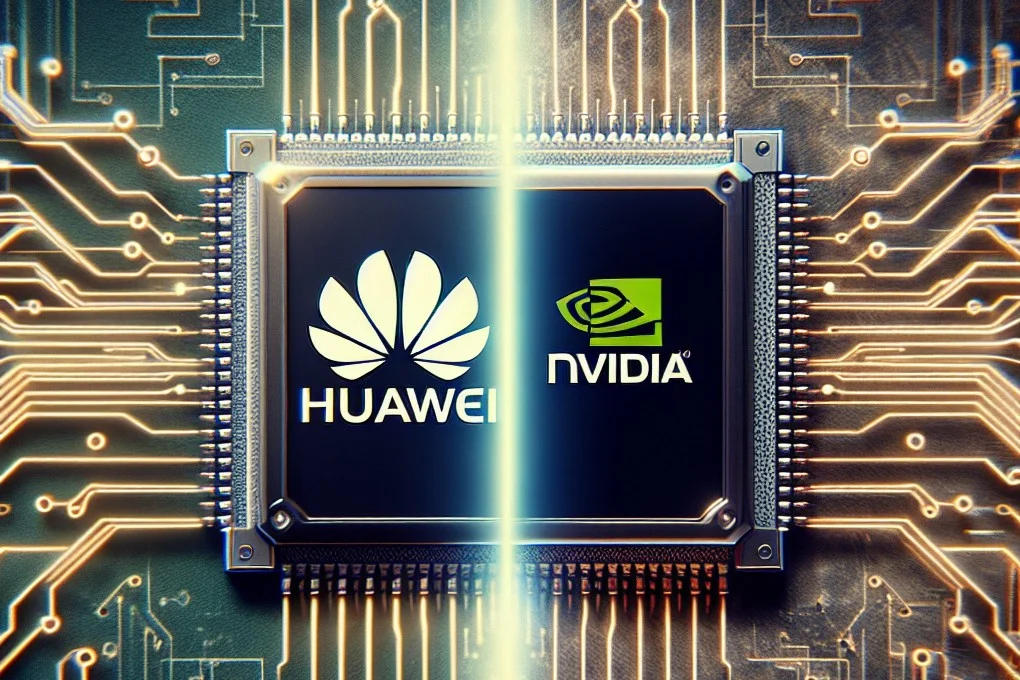
I’ve been following the AI arms race for years, and every so often, a story hits that flips the script. This week, it’s Huawei’s latest flex: their Ascend 910C chips, scaled up in the CloudMatrix 384 data center architecture, are outpacing Nvidia’s H800 GPUs when running DeepSeek’s massive R1 AI model. According to a new technical paper from Huawei and SiliconFlow, this setup isn’t just competitive—it’s delivering higher throughput and efficiency in key benchmarks. In a prefill phase for a 4,000-token prompt, it hits 6,688 tokens per second per NPU with 4.45 tokens/s/TFLOPS efficiency. During decoding, it clocks 1,943 tokens/s per NPU, under 50ms latency, at 1.29 tokens/s/TFLOPS. That beats Nvidia’s SGLang on H100 and DeepSeek’s own runs on H800, hands down.
For context, CloudMatrix 384 packs 384 Ascend 910Cs and 192 Kunpeng CPUs into a low-latency “AI supernode,” designed for the kind of heavy lifting that powers generative AI like ChatGPT. Huawei’s founder Ren Zhengfei admits their single chips lag Nvidia by a generation, but by “stacking and clustering,” they’re matching or exceeding global leaders. Nvidia’s Jensen Huang even nodded to this, saying China’s energy abundance lets them brute-force with more hardware. It’s a clever workaround to US sanctions, turning restrictions into innovation fuel. DeepSeek’s R1, a 671-billion-parameter reasoning beast, runs smoother here than on restricted Nvidia gear—proof that China’s AI ecosystem is firing on all cylinders.
This isn’t just a win for Huawei; it’s a neon sign for US companies. The AI market is exploding, projected to hit $1 trillion by 2030, and China’s closing the gap fast. American firms can’t afford to hunker down behind export controls—they need to engage. Why not send a small observation team to Shenzhen or Shanghai? Dive into joint ventures on hybrid architectures or supply chain tweaks that blend US software smarts with China’s hardware scale. I chatted with a VC buddy in Silicon Valley who’s already scouting partnerships; one pilot with a Chinese cloud provider shaved 20% off their inference costs. Sure, navigating IP risks and regs takes finesse, but the payoff? Access to a talent pool training models that rival ours, plus insights that sharpen your edge back home.
The old playbook of isolation won’t cut it anymore. Huawei’s leap shows sanctions spark ingenuity, not surrender. For US tech leaders eyeing the next big AI play, this is your cue: observe, collaborate, and innovate across borders. The future’s global—don’t get left on the sidelines.
Talk to us, we’ll help you succeed in China.